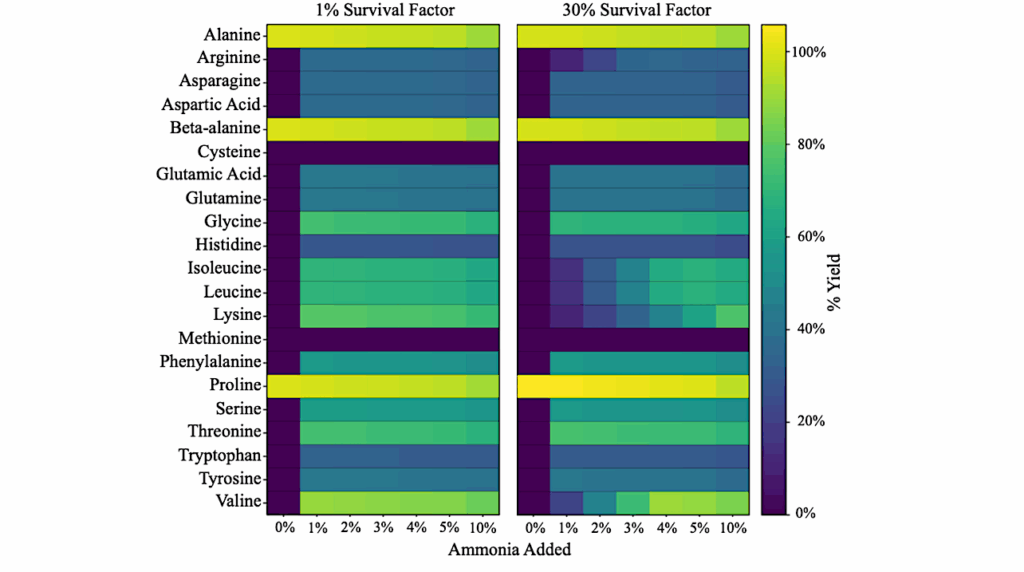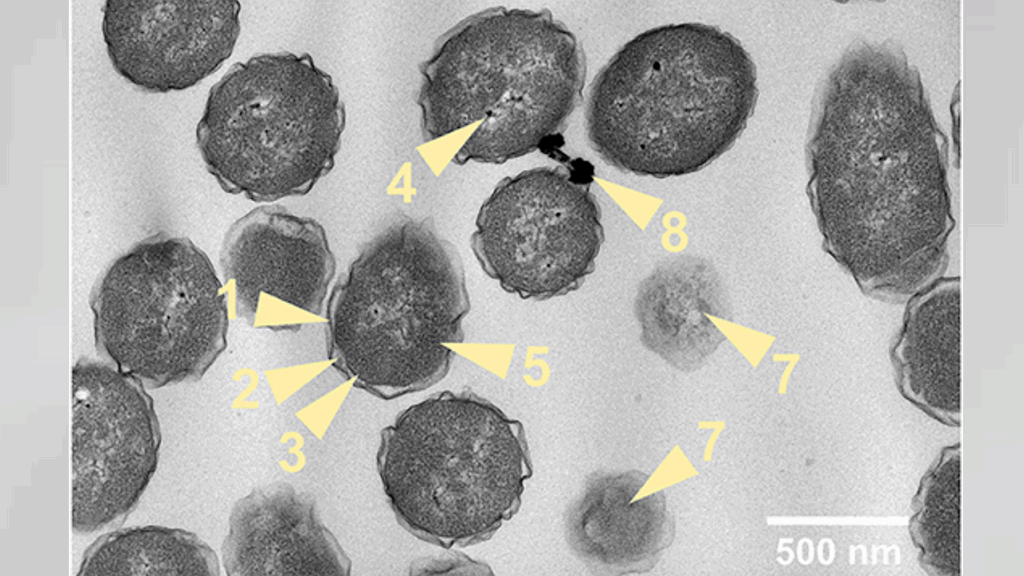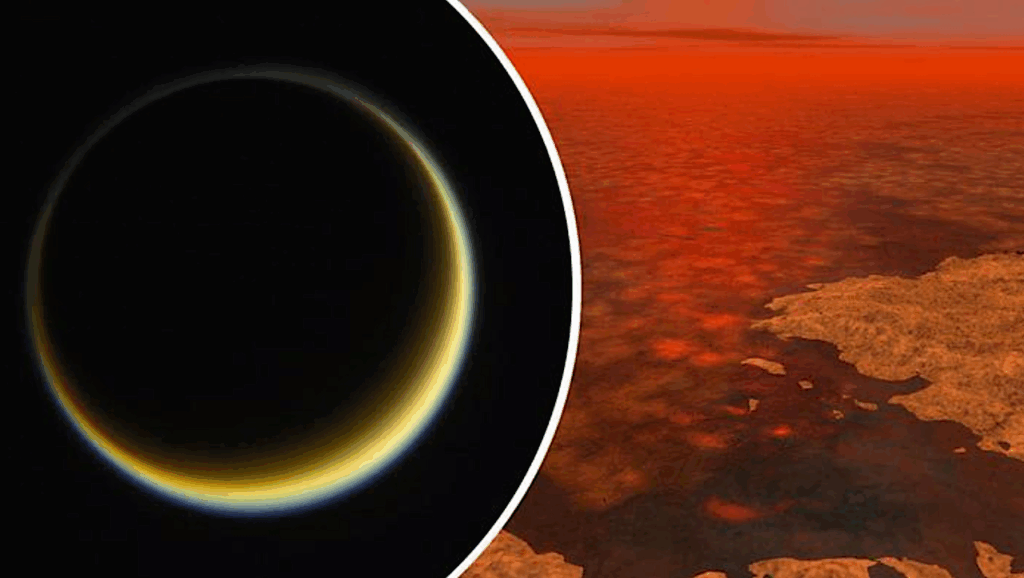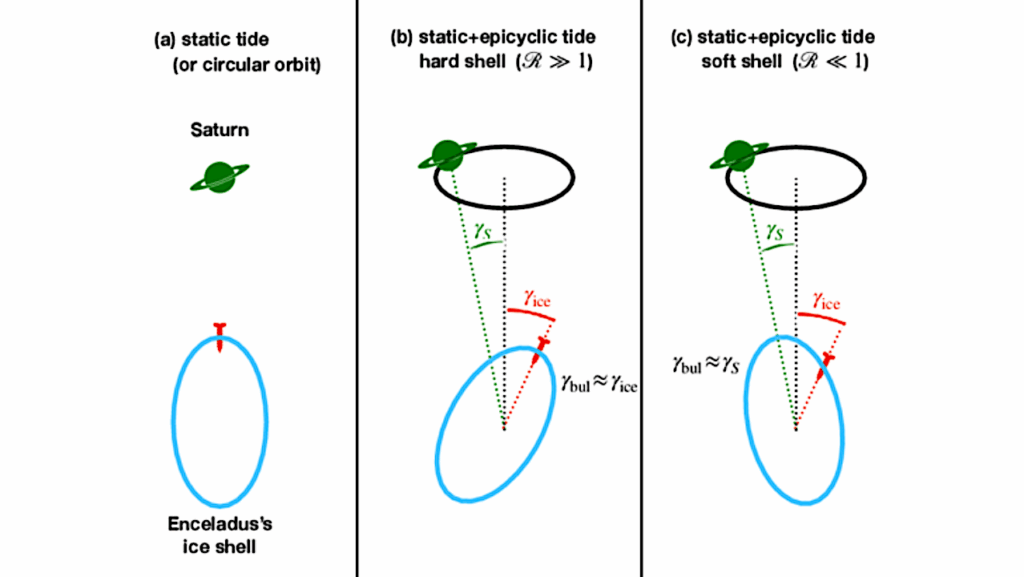Photoreactivity Of Condensed Acetylene On Titan Aerosols Analogues
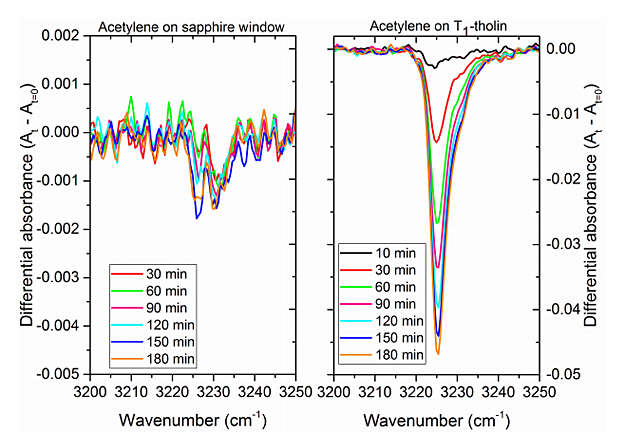
Volatile organic molecules formed by photochemistry in the upper atmosphere of Titan can undergo condensation as pure ices in the stratosphere and the troposphere as well as condense as ice layers onto the organic aerosols that are visible as the haze layers of Titan.
As solar photons penetrate through Titan’s atmosphere, shorter-wavelength photons are attenuated and longerwavelength photons make it into the lower altitudes, where aerosols become abundant. We conducted an experimental study to evaluate the long wavelength ( > 300 nm) photo-reactivity of these ices accreted on the Titan aerosol-analogs (also known as tholins) made in the laboratory.
We have focused on acetylene, the third most abundant hydrocarbon in Titan s atmosphere after CH4 and C2H6. Further, acetylene is the most abundant unsaturated hydrocarbon in Titan s atmosphere. Our results indicate that the aerosols can act as activation centers to drive the photoreactivity of acetylene with the aerosols at the accretion interface at wavelengths where acetylene-ice alone does not show photoreactivity. We found that along with photochemistry, photodesorption plays an important role.
We observed that about 15% of the initial acetylene is photodesorbed, with a photodesorption rate of (2.1 +/- 0.2) x 10-6 molecules.photon-1 at 355 nm. This photodesorption is wavelength-dependent, confirming that it is mediated by the UV absorption of the aerosol analogues, similar to photochemistry. We conclude that the UV-Vis properties of aerosols would determine how they evolve further in Titan’s atmosphere and on the surface through photochemical alterations involving longer wavelength photons.
Benjamin Fleury, Murthy S. Gudipati, Isabelle Couturier-Tamburelli, Nathalie Carrasco
(Submitted on 29 Mar 2019)
Subjects: Earth and Planetary Astrophysics (astro-ph.EP)
DOI: 10.1016/j.icarus.2018.11.030
Cite as: arXiv:1904.00065 [astro-ph.EP] (or arXiv:1904.00065v1 [astro-ph.EP] for this version)
Submission history
From: Nathalie Carrasco
[v1] Fri, 29 Mar 2019 19:35:01 UTC (3,288 KB)
https://arxiv.org/abs/1904.00065
Astrobiology, Astrochemistry


